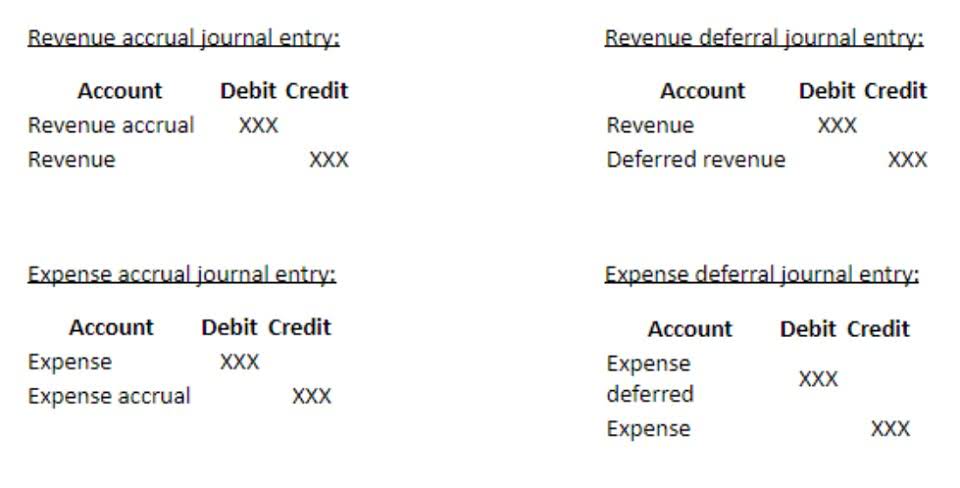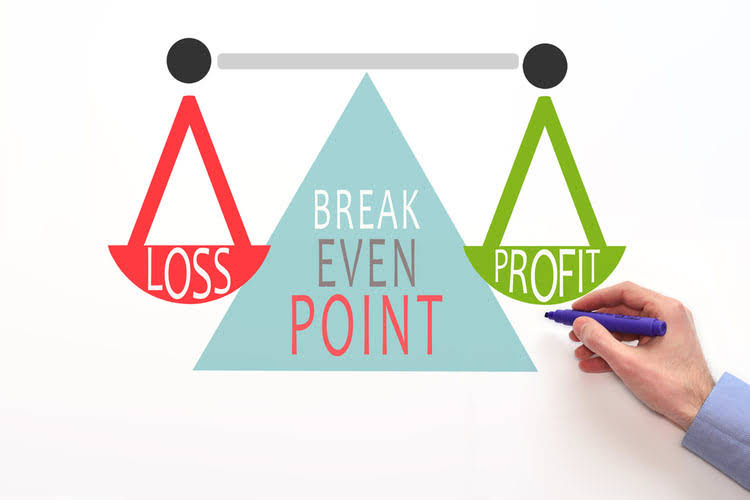What is Asset Turnover Ratio? Formula & Free Template

A faulty business valuation can deprive the company of its much needed investments and distort their growth metrics. We specialize in managing cap tables, company shares, and valuations in an easy and effective manner. However as is the case with all financial ratios, a company should compare their ratio with their competitors and industry standards to make sense of best practices suited for their business. The inventory turnover ratio provides a snapshot about the company’s stock management and whether the sales and purchasing department are working in sync. A higher inventory turnover ratio is ideal as it indicates that sales are quick and there is a demand for the company’s products as well.

Liquidity Ratios
Of the many financial ratios used, this section provides a snapshot of the four basic ones. A basic comparison of your company figures with those of your competitors’ will provide a quick insight into your business performance. Overall, the asset turnover ratio is a useful tool for understanding a company’s financial performance and for identifying potential opportunities or risks. Your business’s asset turnover ratio indicates whether or not you’re efficiently managing—and optimizing—your assets to produce the highest volume of sales possible. You want to maximize your output with as little input as possible, so this is a crucial number to know.

Equity management
- Once you have numbers for total sales and average assets, divide the former by the latter to get the asset turnover ratio.
- When viewed together, financial ratios blend like paint on a canvas, creating a larger and more complete picture of your construction company’s overall standing.
- A software maker, which might not have very many assets at all, will have a high asset turnover ratio, too.
- These technologies enable companies to monitor real-time asset performance, predict maintenance needs, and optimize asset allocation based on data-driven insights.
Additionally, consulting industry reports and financial benchmarks can help identify the Record Keeping for Small Business range of acceptable asset turnover ratios for your specific sector. Another common efficiency ratio and capacity ratio is the equity turnover ratio. Like the working capital turnover ratio, the equity turnover ratio looks at how efficiently a construction business is using its value — in this case, equity — to drive construction revenue. The fixed asset turnover ratio is a valuable metric for assessing how effectively a company utilizes its investments in fixed assets to generate sales.

Factors that can Cause Low Asset Turnover
- To get a true sense of how well a company’s assets are being used, it must be compared to other companies in its industry.
- Also, a company’s asset turnover ratio could vary widely from year to year, making it an unreliable measure for potential long-term investments.
- In addition to suggesting inert or inefficient assets, a low ratio could also be indicative of a strategic decision to invest in capacity for future growth.
- In this case, the Asset Turnover Ratio is 2, indicating that the company generates $2 of revenue for every $1 of assets.
- This signifies that the value of Company A’s assets generates 25% of net sales.
This provides a reliable measure of the company’s average investment in non-current assets throughout that timeframe. Therefore, the above are some criterias that indicate why it is important to assess the fixed asset turnover ratio in any business. For this reason, higher inventory turnover is favorable for management as well as investors. A low inventory turnover indicates a company is inefficiently holding too much inventory or not achieving sufficient sales.
Top 5 Construction Reports and How They Help Your Business
- The fixed asset turnover ratio and the working capital ratio are turnover ratios similar to the asset turnover ratio that are often used to calculate the efficiency of these asset classes.
- Several factors can influence the asset turnover ratio, and understanding them is essential for investors and analysts.
- In this case, the company may want to take corrective actions and improve its asset utilization and management.
- To accurately assess the performance of your company, it’s imperative that you compare your ratio with competitors and monitor its progression over time.
- A corporation must approach its business operations holistically and concentrate on finding methods to make more money with fewer assets if it wants to increase asset turnover.
First, the gross profit is calculated by subtracting a company’s cost of goods sold (COGS) from its net revenue and then dividing the gross profit by net sales. This metric is insightful to management as well as investors concerning the markup earned on products. Quick ratio, also called the ‘acid-test ratio’, indicates the dollar amount of liquid assets available against the dollar amount of how is sales tax calculated the company’s current liabilities. This measures the company’s ability to meet its short-terms obligations using its liquid assets (that can be quickly converted to cash). Quick ratio is also a quick test to predict the company’s capacity to pay its current liabilities without having to sell its inventory for a loss or raise additional funds. Current ratio, otherwise known as the ‘working capital ratio’, is a form of liquidity ratio that indicates a company’s ability to pay back short-term obligations or the ones due within the next year.
What are Some Other Ratios that Compliment Asset Turnover Ratio?

Asset turnover ratio is a calculation used to measure the value of a company’s assets relative to its sales or revenue. It’s used to evaluate how well a company is doing at using its assets to generate revenue. In the realm of financial analysis, the Asset Turnover Ratio plays a critical role. It provides significant insights into how efficiently a company uses its assets to generate sales. Let’s look at an example from Company A, which reported beginning total assets of $199,500 and ending total assets of $199,203.

How to calculate asset turnover
By dividing the number of days in the year by the asset turnover ratio, an investor can determine how many days it takes for the company to convert all of its assets into revenue. Always dive deeper and determine why the asset ratio stands where it is for each company you’re analyzing. Examine the trends and how the company compares to other companies in the industry. That’s why it’s important to compare asset turnover between companies in asset turnover ratio the same industry.
